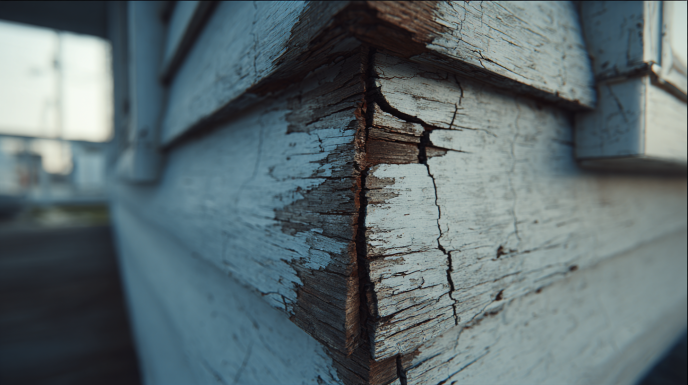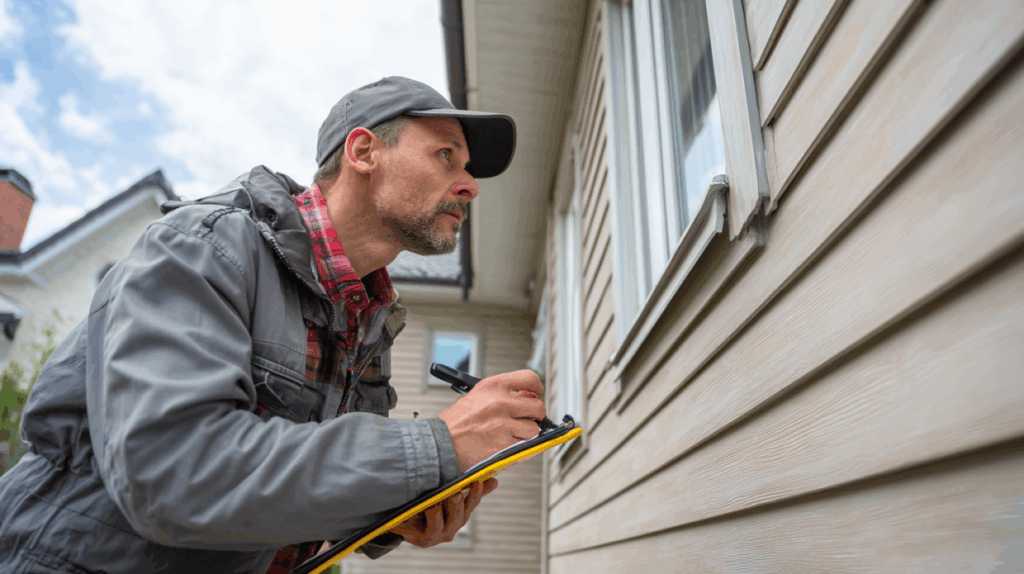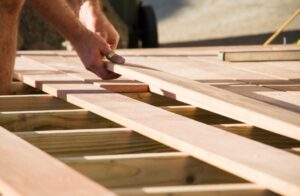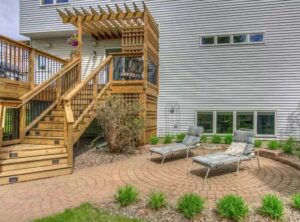Your home’s siding is more than just a finishing touch. It is a protective shield against Minnesota’s harsh winters, humid summers, and everything in between. Quality siding keeps your home warm, dry, and energy-efficient while also giving it curb appeal. But like any protective layer, siding does not last forever. It gradually weathers, fades, and loses its ability to defend your home against the elements.
If you have been asking yourself, “When should I replace the siding on my home?” you are not alone. Many homeowners wait too long, only realizing there is a problem when repairs become expensive or structural damage sets in. Replacing siding at the right time not only prevents headaches but also adds beauty and value to your property.
This guide will walk you through the signs to watch for, how long different siding materials last, the benefits of siding replacement, and how to make the best decision for your Minneapolis home.
Why Timely Siding Replacement Is So Important
Siding does more than make your home look attractive. It serves as a barrier against wind, rain, snow, pests, and temperature extremes. When it begins to fail, the consequences are not always visible right away. Water may seep into your walls, insulation can deteriorate, and pests can make their way inside.
Allowing siding problems to linger can lead to:
- Higher heating and cooling costs due to poor insulation
- Mold and mildew growth inside walls
- Structural damage that weakens your home’s framework
- Unwanted pests, such as termites or ants, settling behind the siding
- Decreased property value and curb appeal
Replacing siding on time ensures you avoid these costly issues and enjoy the comfort and security of a well-protected home.

Signs Your Siding Needs to Be Replaced
Knowing the early warning signs makes it easier to address problems before they become severe. Homeowners in Minneapolis should pay attention to the following indicators:
- Visible cracks or holes that allow water or pests inside
- Warping, bubbling, or buckling that suggests hidden water damage
- Wood siding that feels soft to the touch, showing signs of rot
- A need to repaint or repair sections every few years
- Rising energy bills caused by failing insulation
- Severely faded or peeling color that has lost its protective finish
- Interior damage such as peeling wallpaper, bubbling paint, or mold
One or two of these signs may not always call for immediate replacement, but if you are noticing several at once, it is a strong signal that your siding is reaching the end of its life.
How Long Different Siding Materials Last
The lifespan of siding depends heavily on the material you choose, the climate, and how well it is maintained. In Minneapolis, siding often experiences shorter lifespans due to temperature swings, snow, and ice. Here are general guidelines:
- Vinyl siding: 20 to 40 years with proper care, but may become brittle in cold weather over time
- Wood siding: 15 to 30 years, though it requires consistent upkeep to avoid rot and insect damage
- Fiber cement siding: 30 to 50 years, extremely durable and weather-resistant
- Engineered wood siding: 20 to 30 years, offering the charm of wood with fewer maintenance concerns
Routine inspections and occasional maintenance, such as cleaning and sealing, can extend the life of your siding. But when a material has reached its expected lifespan and begins to show signs of deterioration, replacement is usually the wiser investment.
Benefits of Replacing Old Siding
Many homeowners hesitate to commit to a full siding replacement because of the cost. However, replacement offers substantial returns that often outweigh the upfront expense.
- Improved curb appeal: New siding refreshes your home’s appearance and increases neighborhood appeal.
- Lower energy costs: Properly installed siding creates a more efficient barrier against outside temperatures.
- Higher property value: Buyers see quality siding as a sign of a well-maintained home.
- Reduced maintenance: Modern materials require less painting, sealing, or repairing.
- Long-term protection: Replacing failing siding helps prevent future damage to your home’s structure.
In many cases, replacing siding is not just about repair—it is about investing in your home’s future.
Repair or Replace: Which Is Right for You?
There are times when minor siding damage can be addressed with repairs. For example, a small crack, chip, or isolated area of damage might be fixed without replacing the entire exterior. Repairs are most effective if the issue is contained and the rest of the siding is still in good condition.
On the other hand, widespread problems such as warping, large sections of rot, or consistent energy loss often point to the need for full replacement. While repairs may offer a short-term solution, they rarely fix underlying issues that will continue to worsen. A professional inspection is the best way to determine which option makes sense for your home.
When Is the Best Time to Replace Siding in Minneapolis?
Timing your siding replacement matters. In Minnesota, spring and summer are generally the best seasons for installation since the weather is milder and projects can move quickly. Fall can also work well, offering cooler temperatures without the complications of winter.
However, if your siding is failing, waiting until the ideal season is not always possible. Professional contractors can replace siding during the winter months as well, though the process may take longer due to weather-related challenges.
A simple breakdown:
- Replace immediately if you notice major structural damage, water intrusion, or widespread rot.
- Plan for replacement soon if your siding is nearing the end of its expected lifespan and showing multiple warning signs.
- Consider repairs only if the problem is minor and contained to one area.

How to Prepare for a Siding Replacement
Once you decide replacement is the right move, a little preparation can help the process go smoothly.
- Clear the area around your home to give installers access.
- Trim back shrubs and trees that are close to exterior walls.
- Remove decorations, outdoor furniture, or fragile items near the work zone.
- Discuss with your contractor what to expect in terms of timeline, noise, and cleanup.
These steps make it easier for the crew to work efficiently and ensure your property is protected during the project.
Choosing the Right Partner for Siding Replacement
Not all siding contractors bring the same level of experience or care. Look for a company with proven expertise, a strong local reputation, and a commitment to quality. Ask about warranties, installation practices, and material options so you feel confident in your investment.
All About Siding and Your Home
Your home’s siding is too important to overlook. By learning the signs of aging siding and acting before problems escalate, you can save money, protect your home, and enjoy a refreshed exterior that enhances your property for years to come.
If you are ready to take the next step, Four Point Construction in Minneapolis is here to help. Our team combines expert craftsmanship with high-quality materials to deliver siding that is built to last. We understand the unique challenges Minnesota homeowners face and are committed to solutions that provide beauty, efficiency, and lasting protection.
Contact Four Point Construction today to schedule your free siding consultation. Give your home the upgrade it deserves and enjoy the peace of mind that comes with knowing your siding is strong, reliable, and ready for whatever the Minnesota weather brings.




